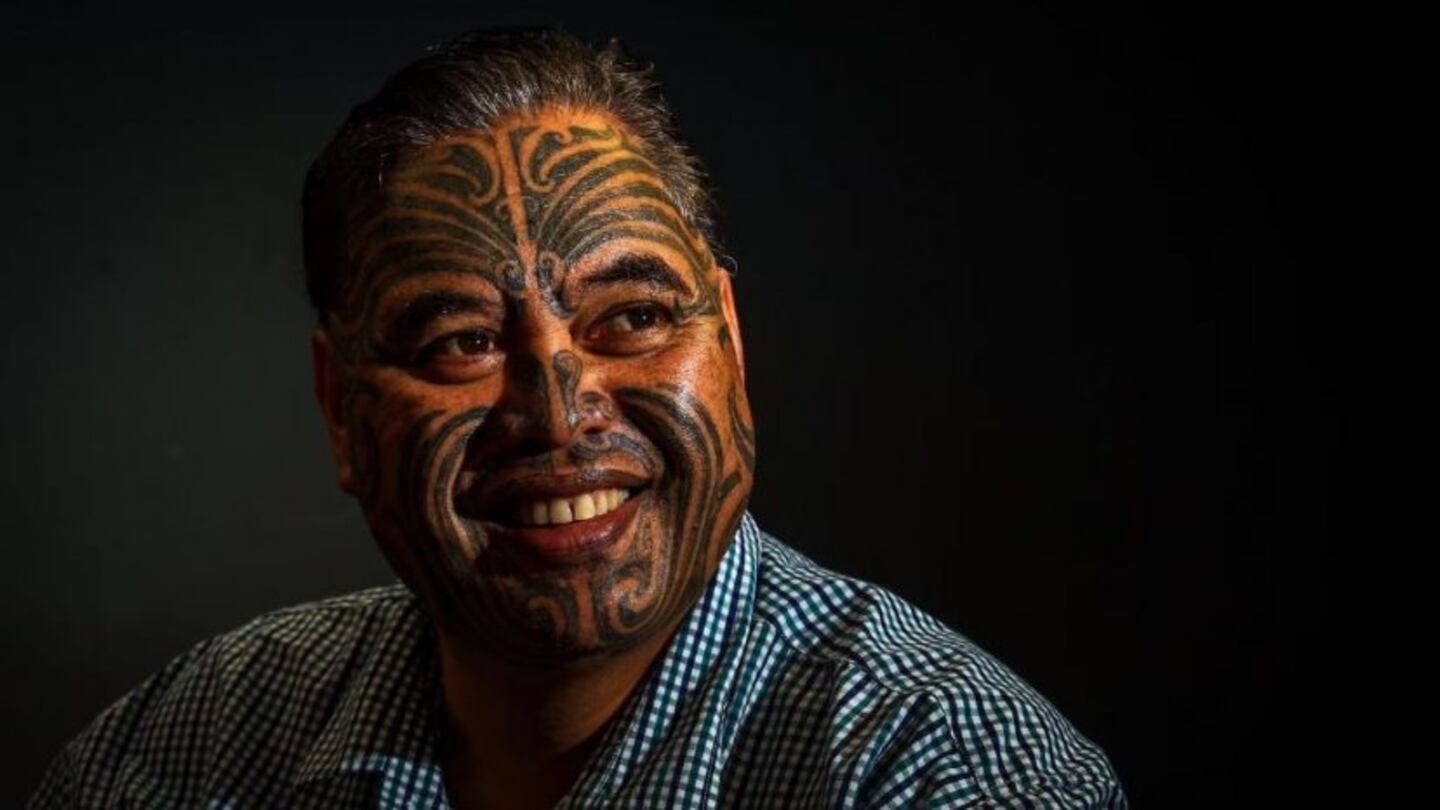JB Heperi-Smith pictured as Ngāti Kahungunu Iwi deputy chairman in 2019. He passed away on Friday. Photo / NZME
By Doug Laing, Hawke's Bay Today
Mourners are gathering at a marae south of Takapau for the tangi of Ngāti Kahungunu Iwi board member and recent former deputy chairman John Barry (J.B.) Heperi-Smith, who died on Friday, aged 58.
He was on Saturday afternoon being taken to Rakautatahi, beside State Highway 2, where his funeral service will be held on Tuesday, starting at 11am.
Heperi-Smith was in his fourth term on the board, serving 10 years after having been first elected in 2013 as representative of the Tamatea rohe (Central Hawke’s Bay). In 2017 he became deputy chairman after the passing of Wairoa delegate Rill Meihana.
He was re-elected to the deputy position at the incoming of new chairman Bayden Barber last year but stood down recently.
A tradesman butcher who went into education and became a senior teacher at Te Aute College, he had more recently been employed by the now-former Hawke’s Bay District Health Board as the senior cultural adviser, and since the organisational changes to the new Te Whatu Ora and Te Aka Whai Ora structure started last year had been in a temporary senior management role.
He was raised in Takapau, surrounded by his koroua and kuia, kaumātua, uncles and aunties, and groomed well in a cultural setting to build his character for opportunities that would come in the future.
“Among many things, they taught me to gain a good education so I can serve our people,” he said in a 2021 interview. “Through the years, I’ve tried to do those things that will help our people.
“My goals have always been to strengthen our distinctive culture and language, to drive and nurture education as the forefront of our success, and to seek every opportunity in order for the next generation to prosper and flourish.”
He had a deep understanding and appreciation of the challenges faced in a changing political landscape, and he was seen as crucial in the changing world through Covid-19, helping many kaimahi/workers and community members both Māori and Pākehā to cope.
“My upbringing helped me to advocate not just for physical health, but for holistic and spiritual wellbeing,” he said.
“The greatest blessing and achievement in my life are my children and mokopuna, who I adore,” he said, adding that with his “village raised concept” he also had a much wider circle of cherished whānau.
When he left school he moved to Wellington, where he became a qualified butcher, but then went on to Teachers’ Training College in Palmerston North.
His first job after graduating was head of the Māori bilingual unit at Terrace School, Waipukurau, and from there he became principal at Te Kura Kaupapa Māori o Takapau, co-designing facilities which gained architectural award recognition.
He moved into the health sector after working at Te Aute College, taking up the role of pou tikanga for mental health at Te Taiwhenua o Heretaunga for a few years, then moved into a management role as the oranga hinengaro social and rehabilitation manager in the community before being promoted into the executive management team. Overall, he spent 12 years with Te Taiwhenua.
Kapa haka ran through his veins and from a young age he was trained by the late Piri Sciascia in the Tamatea Arikinui Kapa Haka group, and became leader in 1995.
He was then approached to be the male leader for Wairoa-based Te Rerenga Kotuku in 2005, which he undertook for 12 years before, in 2020, he resurrected Te Kikiri o te Rangi as a vehicle to build cultural capacity for his home people and descendants of Te Whatuiāpiti.
He was also one of the first graduates of Tā Pita Sharples, who trained him in Māori weaponry in the early 1980s - a practice that incorporates Māori history, whakapapa, traditional practices, respect, self-discipline and leadership skills.
In 2015, he was one of a delegation from Ngāti Kahungunu which went to Christchurch, host of national kapa haka Te Matatini, to uplift its mauri for its journey to the Hawke’s Bay-Wairarapa rohe, which would host the festival two years later.
But he also had other interests in culture and art, having some artwork on public display during an exhibition of Toimairangi Art at Te Wananga O Aotearoa, after which he acknowledged the input and influence of artist Sandy Adsett.
“I love expressing myself through art, and this is one of the things I love to do that takes my mind off the busy things of the world, and allows me to nourish my wairua,” he said.


